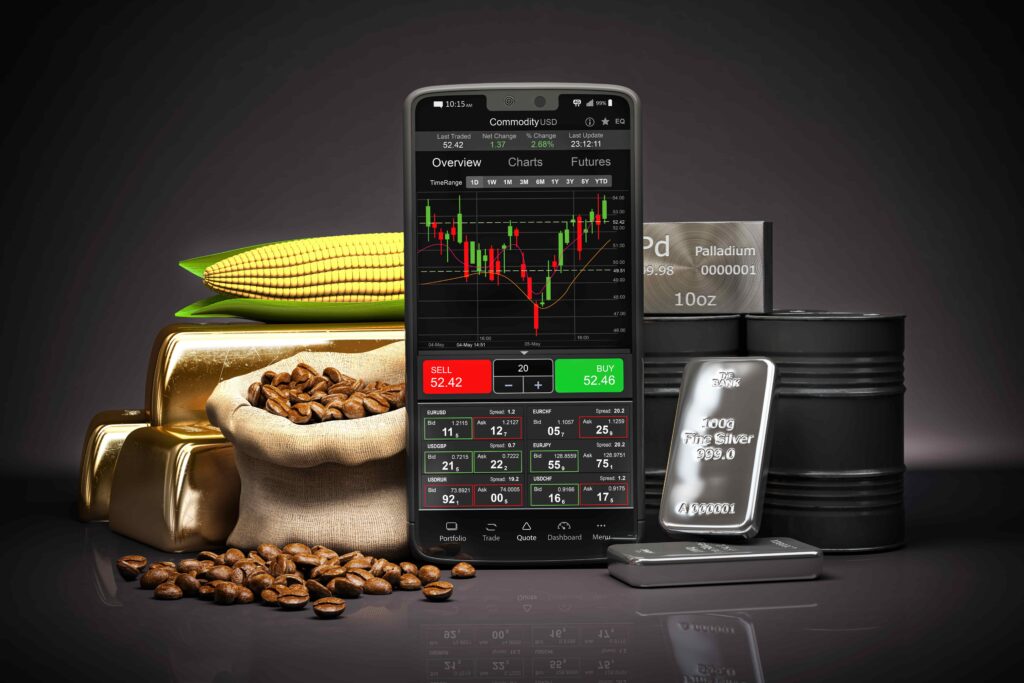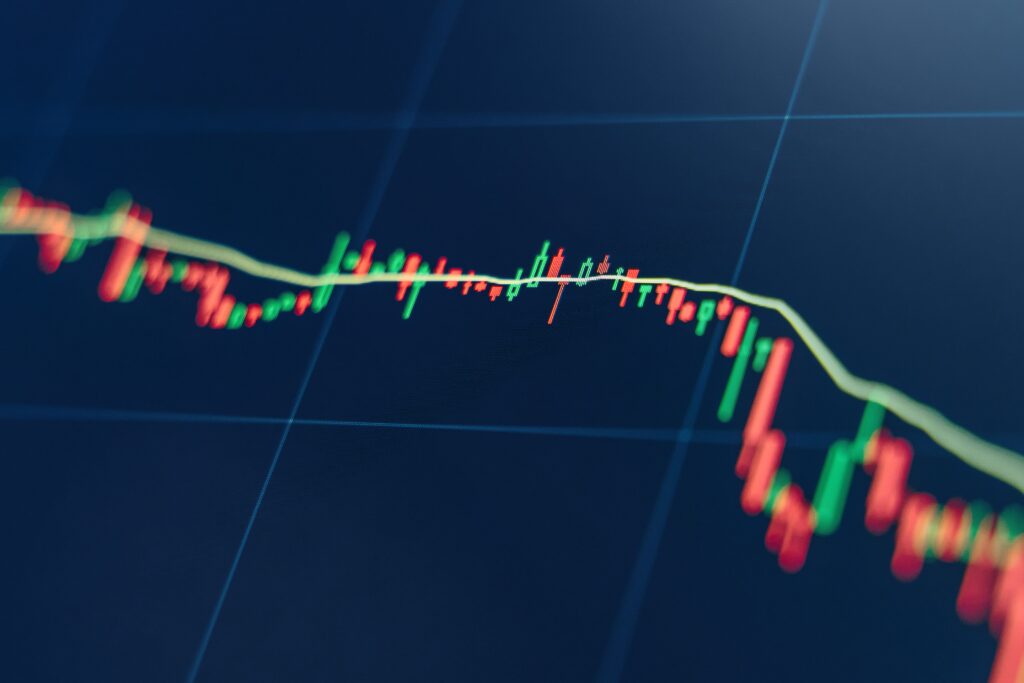In the dynamic landscape of global trade and finance, commodities hold a pivotal role as essential raw materials and primary agricultural products that are bought and sold across markets worldwide. This article is your ultimate guide to understanding the top 10 most traded commodities, shedding light on their significance, market trends, and the intricate web of global commerce that revolves around them.
What are Commodities?
Commodities are tangible goods that are widely interchangeable with other goods of the same type. These goods are typically raw materials or primary agricultural products that are essential inputs in various industries. Commodities can be classified into two main categories: hard commodities and soft commodities.
- Hard Commodities: These commodities are extracted or mined, such as metals like gold, silver, and copper, as well as energy resources like crude oil and natural gas.
- Soft Commodities: Soft commodities encompass agricultural products like wheat, corn, soybeans, coffee, and sugar. These products are cultivated rather than extracted.
Commodities play a vital role in global economies, serving as building blocks for industries and influencing economic trends and policies.

Top 10 Most Traded Commodities
1. Crude Oil
Crude oil takes the top spot as the most traded commodity in the world. It fuels the global economy, serving as a primary source of energy for transportation, manufacturing, and various industries. The prices of goods and services across the board are often affected by fluctuations in crude oil prices.
2. Gold
Gold has been a store of value for centuries and is traded extensively for investment and jewelry purposes. Its price is influenced by factors like inflation, geopolitical events, and currency fluctuations.
3. Coffee
As one of the most consumed beverages globally, coffee is a significant soft commodity. It is traded on commodity exchanges, with its price affected by factors like weather conditions, crop diseases, and consumer demand.
4. Silver
Silver is both an industrial metal and a precious metal. It finds use in electronics, photography, and jewelry. Similar to gold, silver’s value is impacted by economic conditions and industrial demand.
5. Corn
Corn is a staple food crop and a major feedstock for livestock. It’s traded as a commodity on various exchanges and is influenced by factors like weather, global demand, and ethanol production.
6. Natural Gas
Natural gas is a crucial energy resource used for heating, electricity generation, and industrial processes. Its trade is influenced by supply and demand dynamics, weather patterns, and geopolitical events.
7. Cotton
Cotton is a fundamental material in the textile industry. Its price can be influenced by factors like weather conditions, pest infestations, and global fashion trends.
8. Crude Palm Oil
Crude palm oil is a versatile vegetable oil used in cooking, cosmetics, and biofuel production. Its trade is affected by factors like weather conditions, government policies, and demand from emerging economies.
9. Soybeans
Soybeans are a key source of protein and oil in livestock feed and food products. Their trade is impacted by factors such as weather, trade agreements, and biofuel production.
10. Wheat
Wheat is a staple food crop and a vital ingredient in bakery products. Its trade is influenced by factors like weather, global consumption patterns, and government policies.

These top 10 most traded commodities drive global trade and play a critical role in shaping economies and industries around the world. Traders, investors, and governments closely monitor commodity markets to anticipate price movements and make informed decisions.
In conclusion, the world of commodities trading is a dynamic and intricate realm that significantly impacts our daily lives and the global economy. From the energy that propels industries to the food that sustains us, these top 10 most traded commodities play a crucial role in shaping market trends, influencing prices, and driving international trade. Whether it’s the volatility of crude oil, the allure of precious metals, or the agricultural staples that feed nations, each commodity tells a unique story of supply, demand, and the forces that shape our interconnected world. For those navigating the complexities of commodities trading, a deep understanding of these key players is essential for making informed decisions and thriving in the ever-evolving landscape of global commerce.

